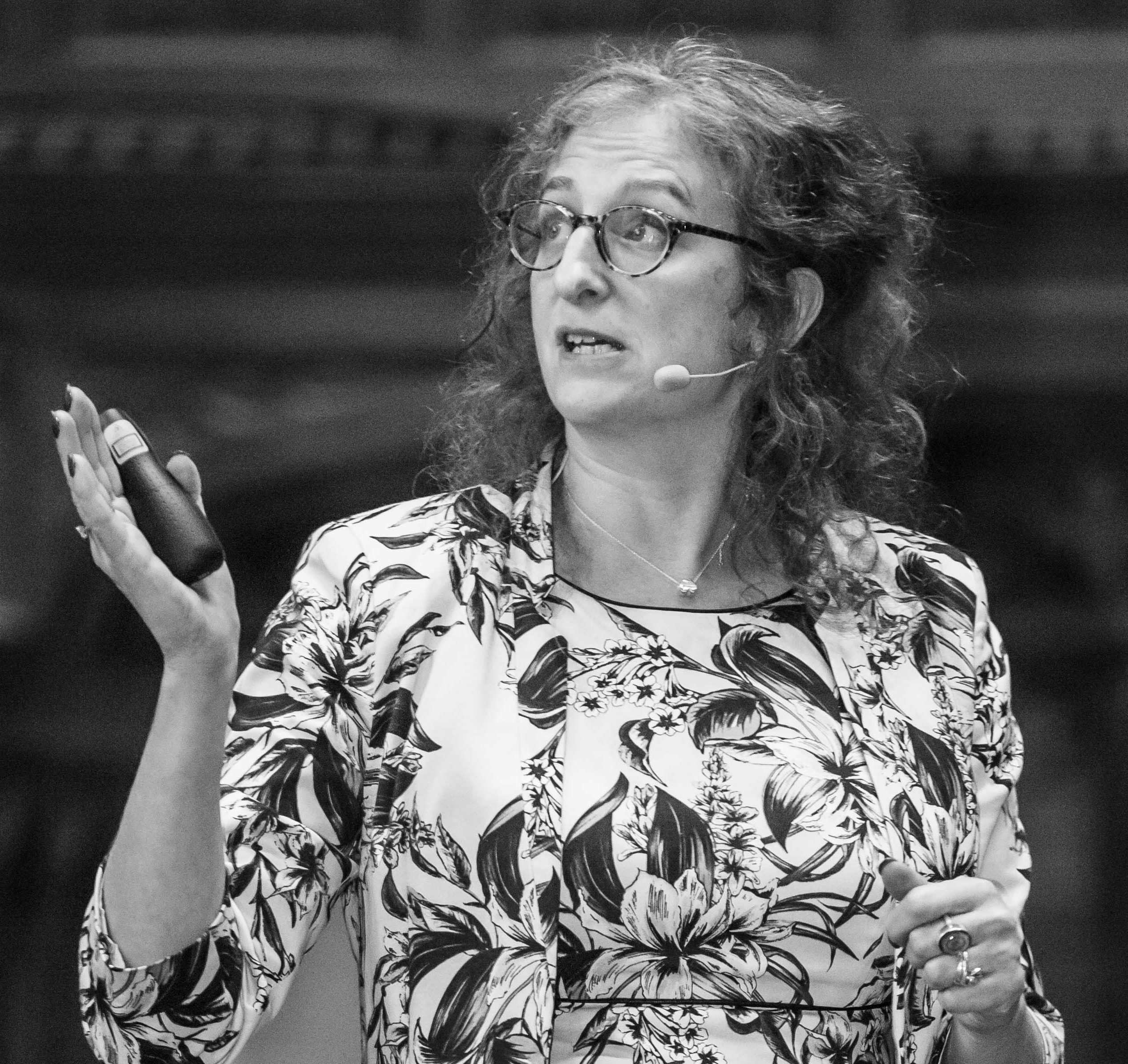The GGR Evaluation Framework
Welcome to the CO₂RE Evaluation Framework, a science-based framework for the sustainable scale-up of carbon dioxide removal.
Cutting corners on carbon is not an option. Credible carbon dioxide removal (CDR) projects are critical to balancing residual greenhouse gas emissions.*
*Assuming all mitigation options have been exhausted.
Home >
Diagram of the Evaluation Framework
This page is in beta draft.
Holistic appraisal for sustainable, robust and credible removals
The CO₂RE Evaluation Framework is a framework to assess and compare CDR projects on a credible, coherent and consistent basis. It consists of four sustainability dimensions and three overarching governance dimensions.
Our framework enables a granular and context-sensitive evaluation of CDR strategies, offering decision-makers a tool to navigate trade-offs, identify co-benefits, and anticipate implementation challenges across diverse geographies and institutional settings.
Overview of dimensions
The GGR evaluation framework is a set of harmonised, science-based criteria to evaluate how much CO₂ projects remove, for how long, and whether these projects can sustainably scale-up.
Our sustainability indicators test for: credible CO₂ removal; impacts or benefits for the natural environment; interactions with society; and interactions with the built environment, energy systems, and materials. Our governance indicators assess the viability and sustainability of business models and, how the GGR project interacts with technical and legal systems. See more detail on each of these dimensions below.
Sustainability dimensions
GHG removals
- Net Life Cycle GHG flux
- Additionality
- Durability
Environmental impacts and co-benefits
- Natural resource use
- Biodiversity change
- Water, air and soil quality
People/social
- Social readiness
- Socio-cultural preferences
Human-made systems
- Energy footprint
- Critical Material footprint
- Infrastructure needs
- Economic costs
Governance dimensions
Monitoring, reporting and verification
- Credibility
- Transparency
- Completeness
- Accuracy
- Comparability
- Independent verification
Legal
- Control regimes
- Comparability
Control regimes
Support mechanisms
Business models
- Value proposition
- Revenue model
- Value network
Value proposition
Revenue model
Value network
Application examples
Data for CDR strategies varies in its availability and robustness depending on the type of CDR pursued and even the stage within a CDR project’s life cycle. Similarly, the co-benefits and tradeoffs associated with a CDR method can vary. We have assessed several CDR methods using our framework to determine potential for sustainable scale-up, and to identify where evaluation data is robust and where it is lacking.
Direct air carbon capture and storage

Technology that extracts CO₂
from the atmosphere and stores
it in geological formations.
Data quality & availability across life cycle

More coming soon
Bioenergy with carbon capture and storage
 Capture of CO₂ from growing
Capture of CO₂ from growing
biomass, harvest of biomass for
energy production with carbon
capture, and final geological storage
of captured CO₂.
Data quality & availability across life cycle

More coming soon
Science-based framework co-developed with stakeholders
The framework has been co-produced with a wide variety of stakeholders, to derive a robust set of dimensions and indicators that are relevant to various decision-makers. Co-production of the evaluation framework has taken place over two key phases. In the first phase, indicators were tested for soundness and completeness at five stakeholder workshops, prior to the publication of the first version in May 2022 (α-testing). In a second phase (β-testing), further stakeholder workshops and a public workshop provided additional opportunities to co-evolve the indicators. During this second phase the indicators were also tested on actual projects through technical workshops with each of the five GGR-D demonstrator projects and with six projects from DESNZ’s GGR innovation programme. This allowed data availability across dimensions to be mapped. A second version of the evaluation framework is scheduled for August 2025.
Other research and engagement activities have fed into specific parts of the evaluation framework, including a stakeholder workshop on MRV in July 2023 and workshops on regulatory mapping during 2025. A cross-GGR-D programme working group on LCA-MRV has carried out detailed mapping of data quality for the Removal and Environmental dimensions. The work has had broader value: the data collection has enabled integration of GGR into the UK-Times model, while the wider LCA-MRV discussions fed into CO₂RE support to the UK government on Mission Innovation: MI-CDR LCA technical track and informed BSI’s minimum standards.
The development and improvement of indicators will continue over the duration of the GGR-D Programme, until October 2025, when the programme begins to wrap up. See below some key dates.
Team behind the Evaluation Framework
The evaluation framework development is coordinated by Dr Isabela Butnar, UCL. Each of these evaluation dimensions is led by a member of CO2RE, in charge of ensuring that the indicators are scientifically sound and that the latest science is incorporated as we learn from our five Demonstrator projects and other GGR demonstration and use and in the UK and abroad. The leads are also coordinating the testing of each indicator set with a comprehensive set of stakeholders, to remain relevant over time.

Dr Isabela Butnar
UCL
Removal, and Evaluation Framework lead

Prof Stuart Hazeldine
University of Edinburgh
Permanence

Dr Jo House
University of Bristol
Environment and MRV

Dr Rob Bellamy
University of Manchester
Social

Prof Niall Mac Dowell
Imperial College London
Systems

Dr Aoife Brophy
University of Oxford
Business models

Navraj Singh Ghaleigh
University of Edinburgh
Legal
